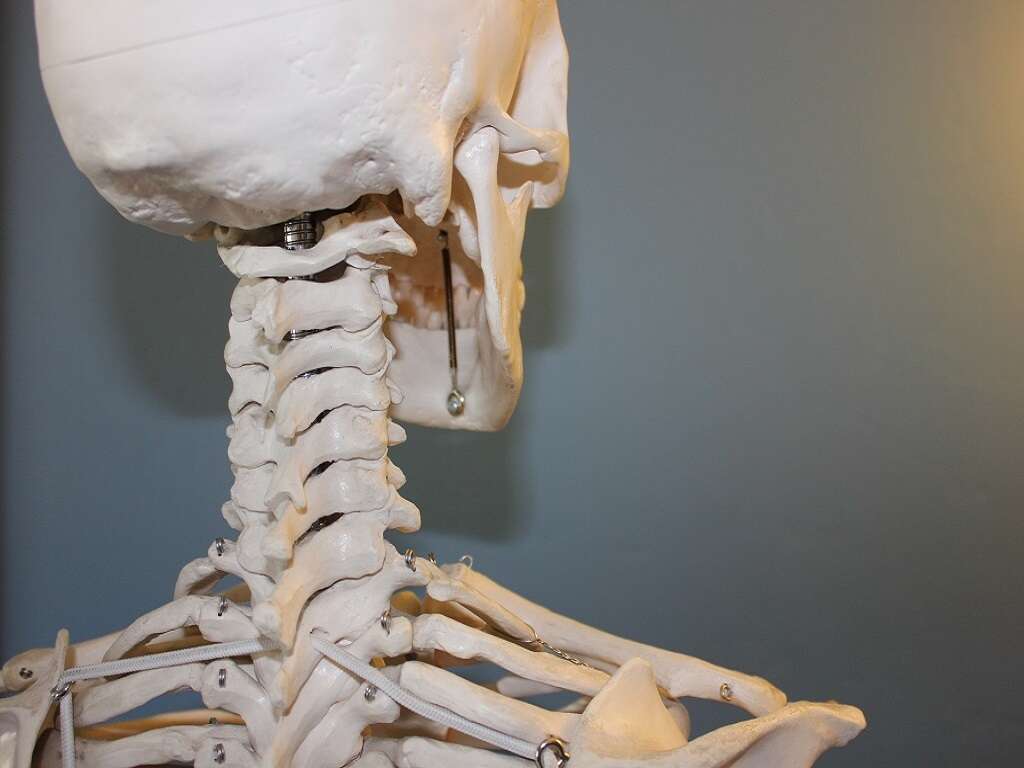What Is Polio?
Previous generations used to have to be a lot more aware of the chances of falling very ill than we are. This is because they did not have access to the same medical facilities and equipment that we had. They were more likely to catch diseases, and it was more likely to be very dangerous for them.
One thing that has helped to keep us safe from certain diseases was the introduction of the vaccine. These help to prepare our immune system so it is able to defeat pathogens whenever one might get into the body. There are numerous diseases so far that we have developed a vaccine for, one of which is polio.
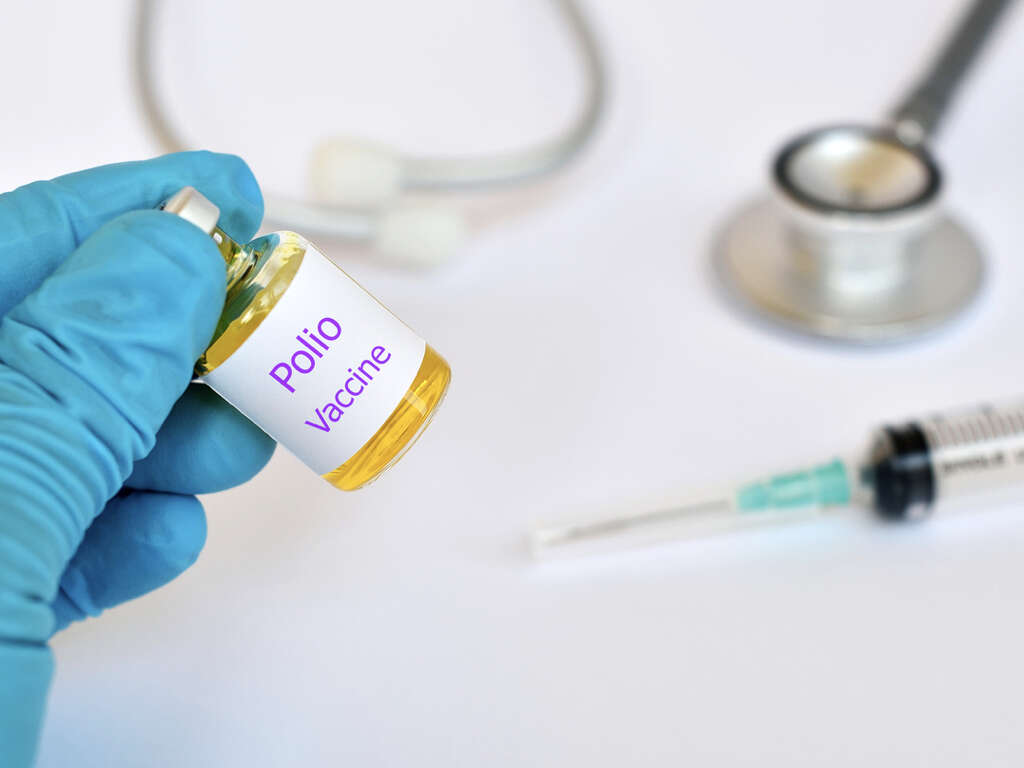
1. Overview
Polio is a disease that is caused by the poliovirus. The disease has been largely eliminated in the US and other developed countries, but is still prevalent in other parts of the world. It is a very contagious disease, and care needs to be taken not to catch it when in certain parts of the world, particularly Africa and Asia.
The symptoms of the condition can range considerably. In some people, the symptoms are similar to the flu and the disease will cause little to no harm to them overall. In others, the symptoms can be very severe and can result in a fatality.

2. Transmission
Some people will be infected with the virus but show no symptoms at all, however they can still transmit the virus to other people. The virus is transmitted through the feces of infected people, and an infected person can be infectious for weeks before their condition is cured – or before they die.
Polio is often transmitted in food and water that is contaminated with fecal matter that contains the virus. It can also be caught after swimming in water that has been infected. In many cases, the disease is transmitted through direct contact with another person who has the virus.

3. Nonparalytic Polio
There are two main types of polio, one of which is nonparalytic polio. As the name suggests, this variety does not cause paralysis in patients. The symptoms are usually only mild, and can easily be mistaken for the flu. As is typical of viral infections, for example, one of the symptoms is a fever.
Nonparalytic polio is also likely to have a sore throat and a headache is also likely. Patients will also often feel fatigued and some may also vomit. Their muscles can become tender and the patient can also feel weak. It is also likely that the patient will feel pain in their arms and legs, as well is in their neck and in their back.
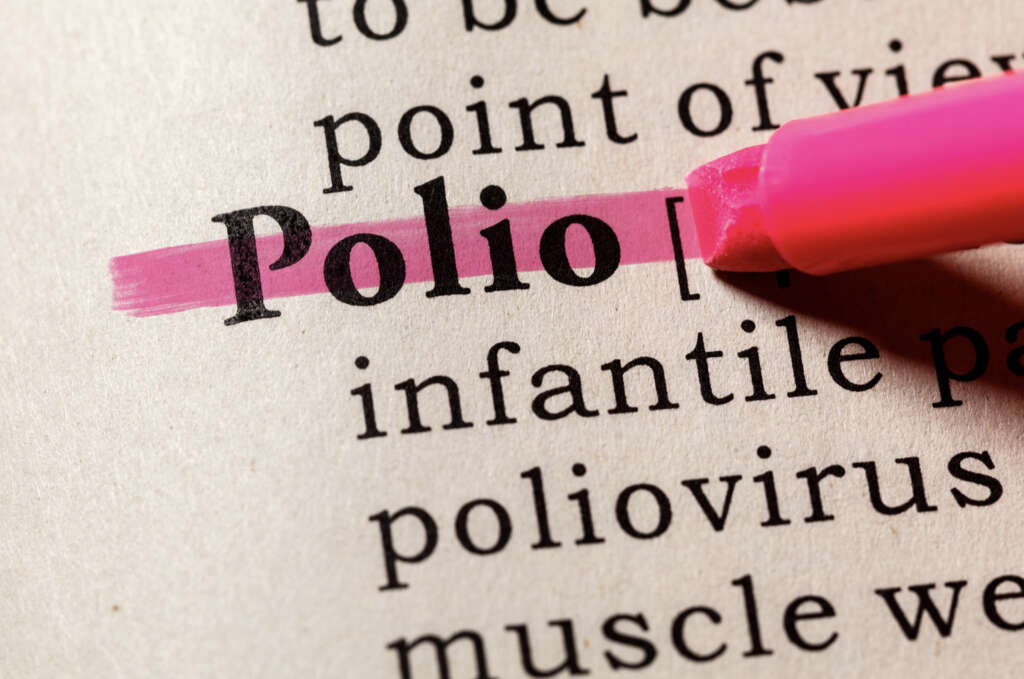
4. Paralytic Polio
The name paralytic polio is quite self-explanatory. It is the most serious form of the disease, although it is also thankfully very rare. To begin with, the patient will show the same symptoms of nonparalytic polio. Again, it can be easily passed off as the flu or similar. The symptoms will start to become much worse in a week or so, however.
As the condition progresses, the patient will begin to find that their reflexes are not what they should be. They can also find that their limbs become ‘floppy’ in a condition known as flaccid paralyses. Their muscles will also feel weak, and the patient will also likely experience severe aches and pains in their muscles.
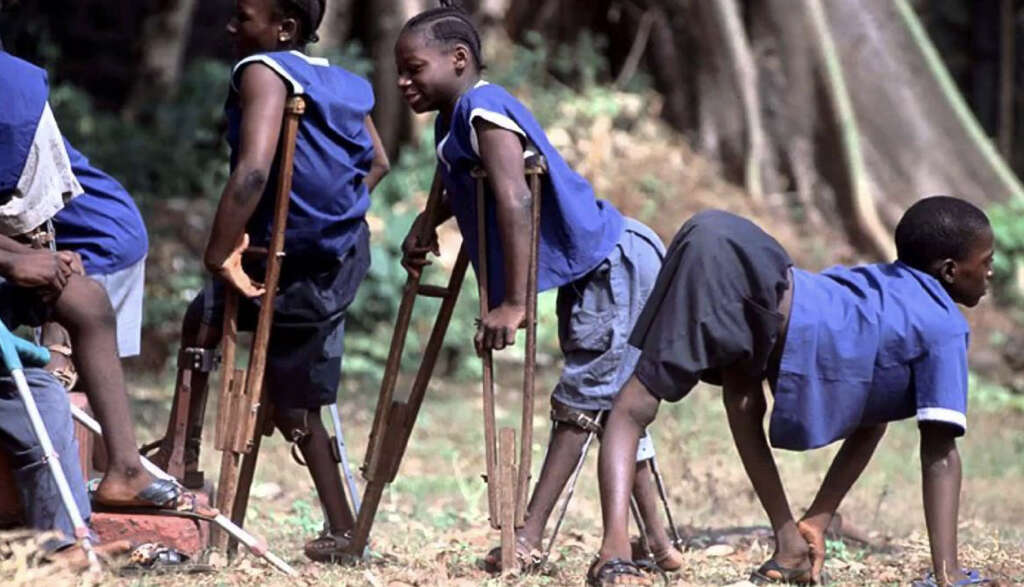
5. Post-Polio Syndrome
Many diseases will result in long-term issues even long after the disease itself is no longer present. Polio is an example of this and patients can continue to experience symptoms for many years after they have the condition. This is known as post-polio syndrome, and it can be debilitating for patients.
One of the common symptoms of post-polio syndrome is fatigue. Patients with the condition will also experience muscle atrophy, and their muscles will become progressively weaker. They can also experience difficulties with swallowing and breathing, and many will suffer from sleep apnea. Post-polio syndrome will also often make the patient tolerant to cold temperatures.

6. Complications
Non-paralytic polio is unlikely to result in any complications and will pass with no lasting damage done. The same cannot be said for paralytic polio, however, which can cause potentially dangerous complications in addition to the symptoms already mentioned.
Complications of polio include paralysis, bone deformities, and disability. Patients can also experience myocarditis which is the inflammation of the heart’s muscles. Aspiration pneumonia is another possibility, which is caused by inhaling food and other particles. There is also pulmonary edema, a dangerous condition caused by fluid accumulating in the lungs. Some patients will become depressed, and polio will kill in some cases.
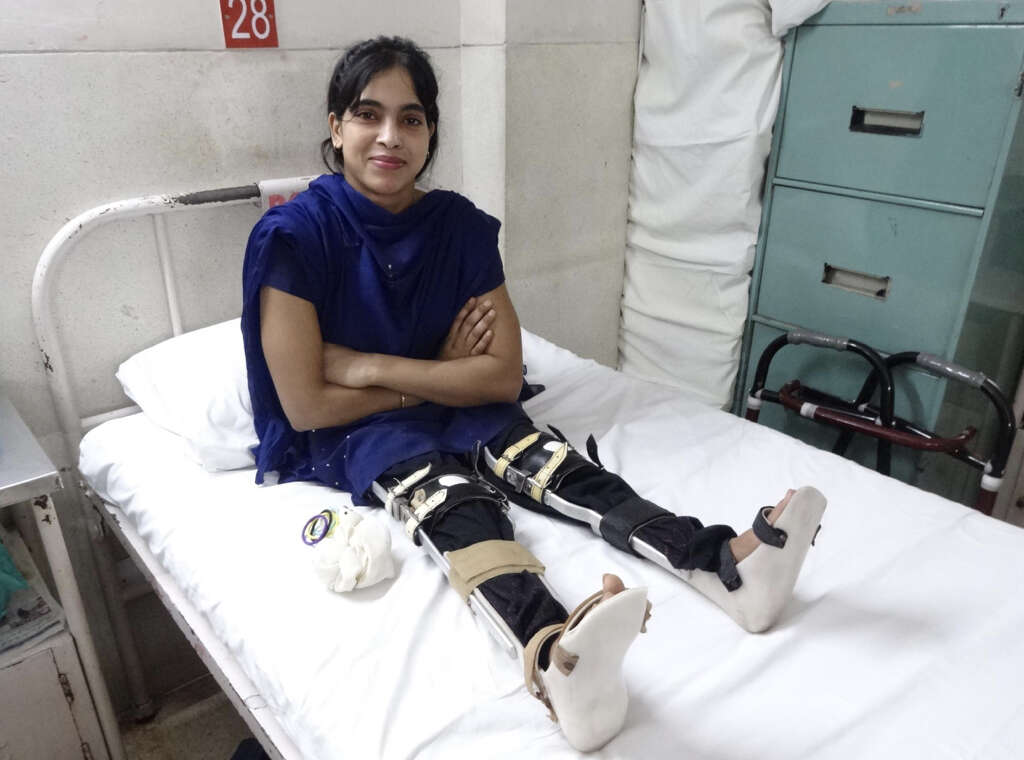
7. Prevention
Polio is rare in the developed world thanks to vaccines that have all but eliminated the disease. Regardless, not all adults will have been vaccinated and it is wise for them to do so if they are traveling to certain parts of the world. Children in the United States are given vaccinations against polio, and other disease, from a young age.
In the United States, the poliovirus vaccine (IPV) is administered in 4 doses. The first is given as young as two months old and the final dose is given between the ages of 4 and 6. The vaccine can cause some symptoms, but these are usually only very mild.

8. Vaccine Allergies
The vaccine for polio is very safe. However, a very small number of people will experience a negative reaction to it. If there has been a history of reactions to medications in the past then your doctor should be informed. When reactions do occur, they will sometimes happen hours after the vaccine was administered, although it can also sometimes be minutes.
Typical symptoms of a reaction include weakness and difficulty breathing, and they may start to wheeze. The patient can also develop and accelerated heart rate, and they may also feel lightheaded. Reactions to any medication have the potential to be severe, so get emergency medical assistance as soon as a problem is suspected.

9. Diagnosis
As mentioned, the symptoms of polio are similar to the flu, so a diagnosis of the flu may be reached in some cases. However, the presence of a stiff neck and back, and weakened reflexes, will alert many to the fact that polio, or another condition, might be the problem. In which case, further investigation will be needed.
In order to reach a diagnosis, a doctor may request a stool sample or take a sample from secretions in your throat. In other cases, it may be deemed necessary to look for the virus in your cerebrospinal fluid. This is the fluid that surrounds your spinal cord and your brain.

10. Treatment
Although there is a vaccine for polio that will prevent it, there is no cure once somebody has contracted the disease. Thus, treatment will likely focus on treating the person for their symptoms to help make them feel as comfortable as possible.
This will sometimes mean medication that will help to alleviate the patient of their pain. Physical therapy will also sometimes be used to help prevent the loss of muscle strength and coordination. This can also help to prevent deformities. In the more severe cases, ventilators may be used in order to help the patient get the oxygen that they need.





